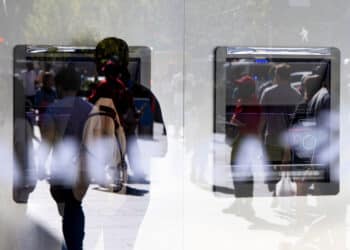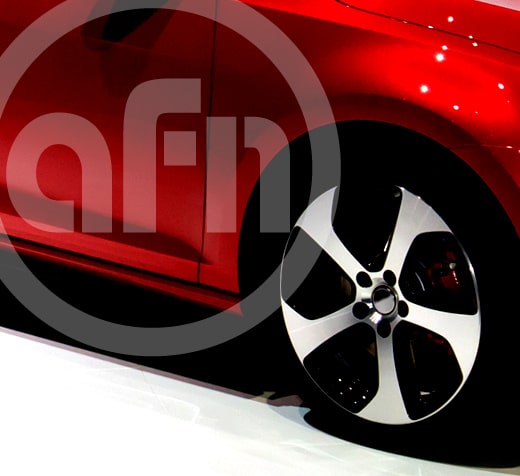The Good and the Bad
Much like the concept of separating good bank assets from toxic ones, General Motors Corp.’s leading bankruptcy plan would break the automaker into two pieces: one comprised of strong assets and the other of the billions of dollars of obligations weighing it down.
The strong assets — including Chevrolet and GM’s Chinese operations — would remain, while the underperforming ones would be wound down in bankruptcy court.
In theory, it’s a good idea. Will it work? I’m not so sure. You see, the government plans to sell equity in the “good” company, then use the proceeds to pay off bondholders. But bondholders, who hold $29 billion in GM debt, will likely take heavy losses on their investments. They’re already planning arguments against the bankruptcy plan, which could throw a wrench into GM’s strategy for a quick bankruptcy.














